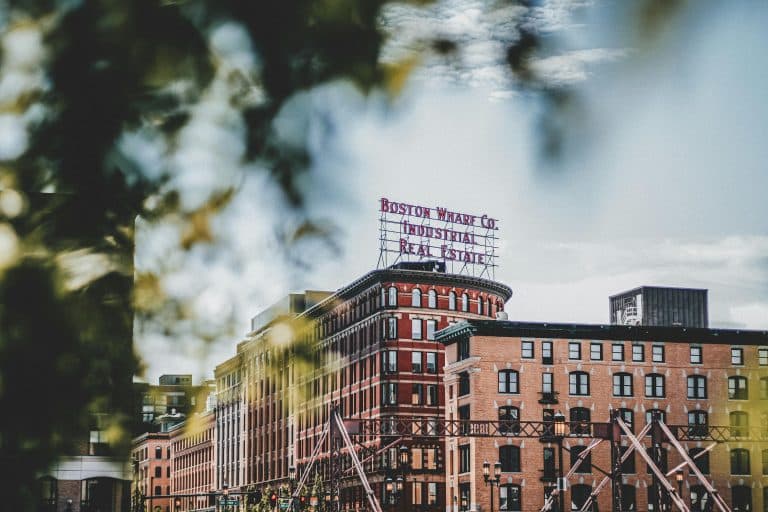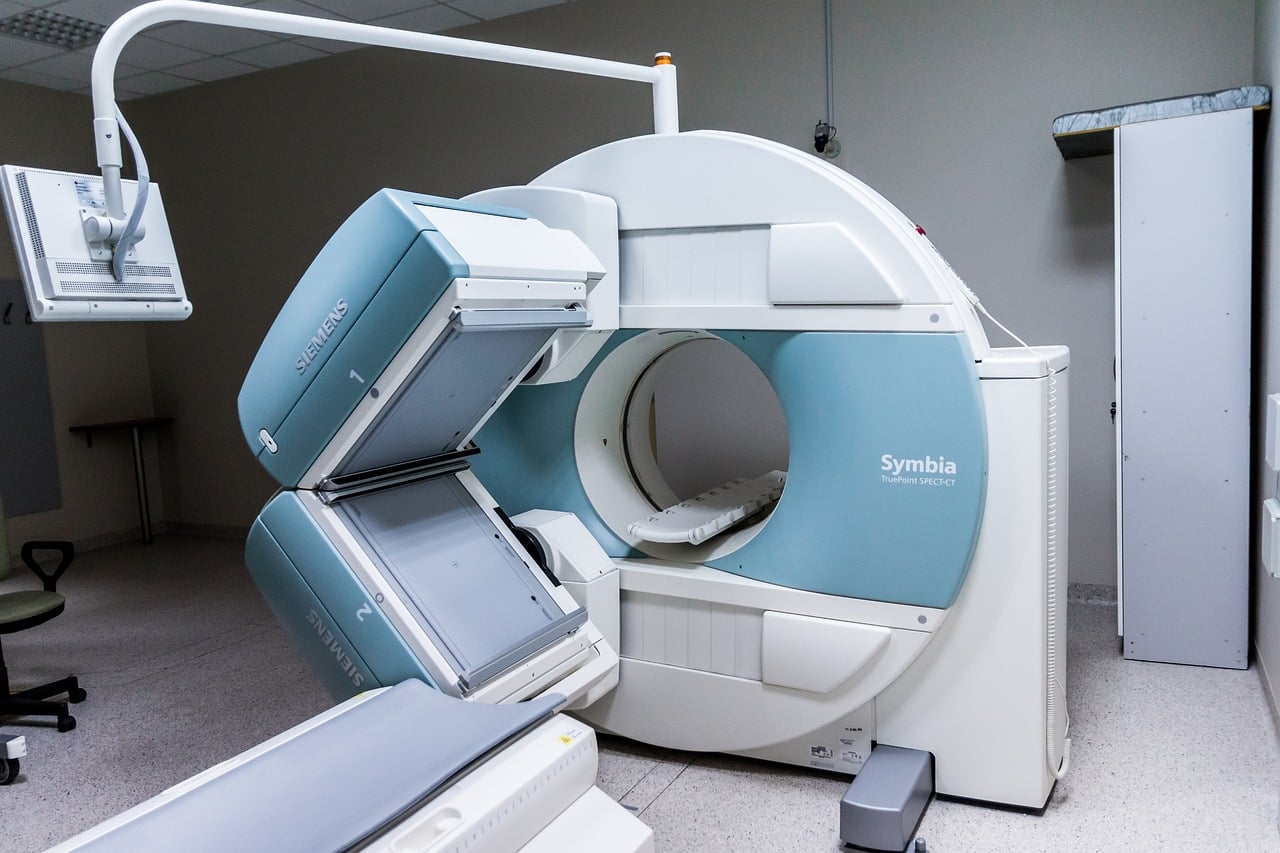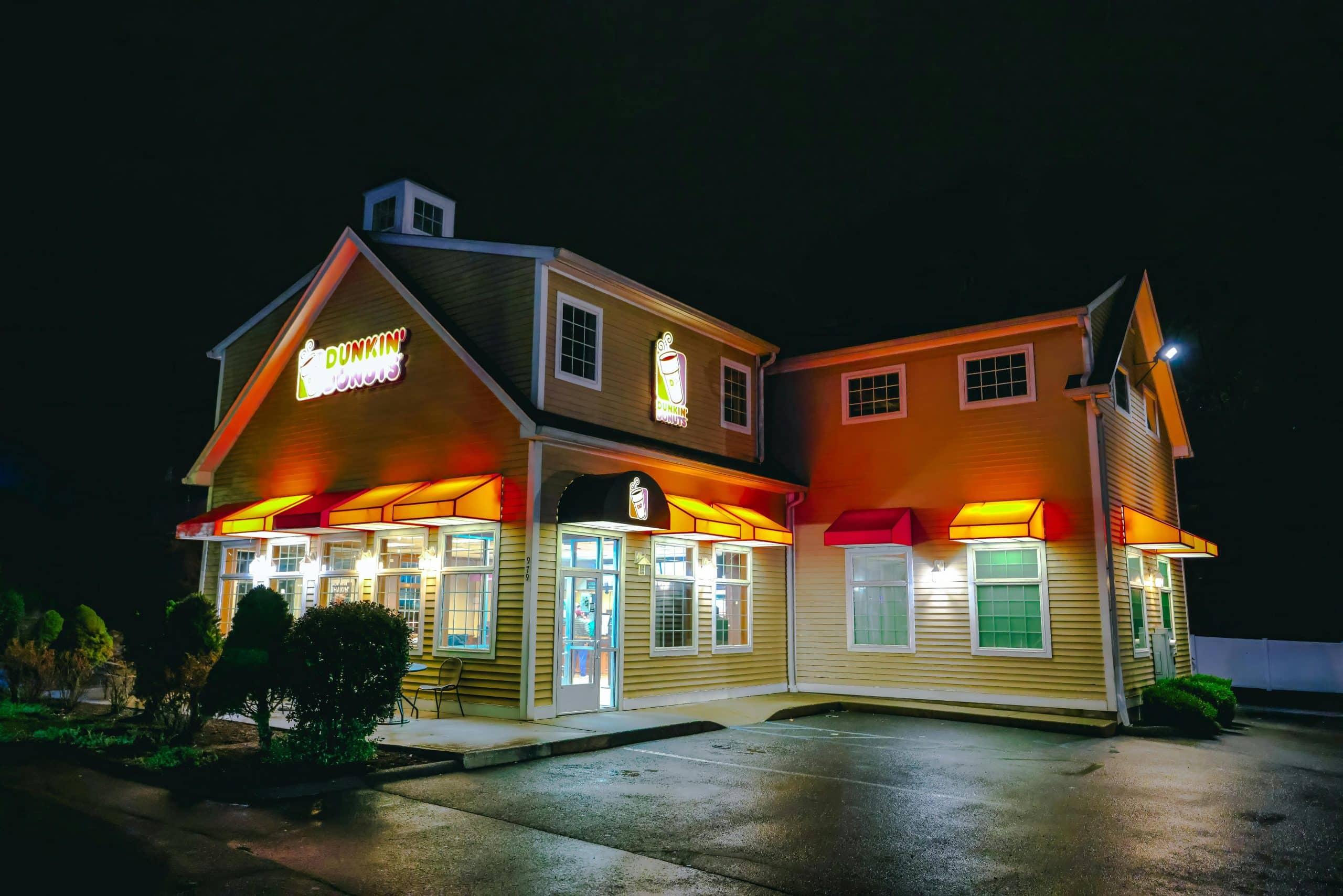As a lifelong resident of Massachusetts and a student at the time of the Boston Marathon bombings, I remember the horror and fear that fell over the city. People were scared to leave their houses, go outside, and let their kids play during the week of school vacation. The Boston Marathon is supposed to be a time of celebration, and in one horrible moment, that celebration turned to devastation. What may be remembered most about that afternoon in 2013 is the resilience, love, and strength the city of Boston and its residents showed during a time of vulnerability.
The Boston Marathon occurs every year on Patriots’ Day. Thousands gather in the streets and the surrounding suburbs to watch some of the world’s greatest and most inspirational athletes run their city. As a marathon Monday tradition, there is a scheduled early Monday Red Sox game at Fenway Park each season. The marathon is a part of the culture and fabric of the city and is meaningful for the runners and the residents. Known as one of the toughest marathons in the country, runners train for years to complete it, and massive amounts of money for charities are raised in the process.
Unfortunately, all the excitement surrounding the festivities was torn apart that year by two brothers who ruined the lives of so many people and sent shockwaves through the city. Around 500 people were injured, in some capacity, with 3 deaths. Bombings can be especially cruel, as they have a way of maiming and dismembering the victims. But that was not the end of the nightmare. The city was permanently scarred, and the victims deserve to be remembered for their courage and bravery.
The Day of the Boston Marathon
On April 13th, 2013, the Boston Marathon was scheduled to begin just as any other year. The racers gathered in Hopkinton, Massachusetts, at their respective divisions around 9 a.m. The race started, and everything was normal. The race was scheduled to follow the same route, ending on Boylston Street in the heart of Boston. The fastest runners finish the race around noon, but the average runner takes a few hours longer.
This was what two brothers, Dzhokhar and Tamerlan Tsarnaev, were counting on. Hoping to cause the most death and injury possible, the Tsarnaev brothers planned their attack for the height of the festivities. Armed with backpacks filled with pressure cooker bombs, the brothers planted their backpacks in two separate locations near the finish line of the race, where most people gathered.
The first bomb went off at around 2:49 p.m. When that bomb detonated, it sent people running. The crowd ran right into the location of the second bomb, which detonated about 10 seconds later. The chaos that ensued was immeasurable. EMS, fire, other first responders, and medical staff were already on hand for the race, and they immediately rushed into action to treat the wounded. As runners completed the course, they too rushed in to help.
Dzhokhar and Tamerlan escaped and were lost in the crowd. Once the police figured out that it was bombs that had gone off, and discovered they were improvised explosive devices (IEDs), the brothers were gone. However, utilizing the surveillance cameras in the area and eyewitness reports, police were able to spot both men placing their backpacks in the crowd. These images were released to the public 3 days after the marathon, and the manhunt began.
Manhunt for the Boston Marathon Bombers
Immediately after the Boston Marathon, the surrounding cities shut down. Citizens were asked to stay away if possible, and medical centers were used to help victims. Flights at Logan were grounded, and people were asked to be vigilant, watching for suspicious devices or unattended bags. Once the FBI released images of the suspects asking for public help, the Boston Marathon bombers’ names were known: Dzhokhar and Tamerlan Tsarnaev. Although not revealed at the time, the FBI had information that the family may have been radicalized, and Tamerlan and his mother were even placed on an FBI watch list.
With their images splashed all over the country, the Tsarnaevs became desperate. Returning home to gather weapons, artillery, and additional bombs, the Boston Marathon bombers headed into the city. This is when they committed their next act of violence. The brothers ran into a Massachusetts Institute of Technology (MIT) police officer, Sean Collier, who attempted to stop them, but was shot and killed.
In their attempt to flee, they carjacked another vehicle, kidnapped its owner, Dun “Danny” Meng, and robbed him. The police released a description of the Honda Civic the brothers had been using, which one brother was still driving. Meng escaped his captors and notified police, bringing police officers to Watertown, Massachusetts.
The two cars were spotted by police around midnight, which eventually led to a full-blown shootout between the Boston Marathon bombers and law enforcement officers. The brothers emptied their entire arsenal, and 16 officers were injured. One additional officer, Dennis Simmonds, was struck by a grenade and ultimately succumbed to his injuries. When officers attempted to place Tamerlan under arrest, Dzhokhar drove his car directly at the officers.
It was later reported that Dzhokhar believed that the officers were attempting to administer CPR on a dying officer. The Boston Marathon bomber ended up hitting his brother Tamerlan, dragging him along the ground. His brother was arrested but ultimately died as a result of his injuries. Dzhokhar eventually ditched his vehicle and fled on foot.
The Search for Dzhokhar Tsarnaev
It was the abandoned Honda Civic that ultimately confirmed the Boston Marathon bombers’ names. With the names confirmed, the FBI released additional pictures of the remaining suspect. Law enforcement searched homes in the surrounding area without warrants. Watertown, Massachusetts, residents were asked to shelter in place. Citizens in most of Massachusetts followed suit, fearing the location of Dzhokhar. Transportation throughout Boston was also shut down.
The interagency task force was deployed for the first time since its creation following the 9/11 attacks. They conducted additional searches, confiscated computer data, and used additional methods to attempt to track down the missing brother. However, it was a lead from a citizen who finally took down Dzhokhar.
On the night of April 19, six days after the Boston Marathon bombing, David Henneberry noticed the tarp on his boat had been moved. He discovered a bloody body inside and notified the police. Law enforcement descended onto the scene, and more shots rang out. This time, police were able to arrest Dzhokhar Tsarnaev and take him into custody, discovering he was unarmed.
The motive for the Boston Marathon bombing was that the brothers were considered radicalized and were attempting to get back at Americans. They believed that Americans needed to be punished for their sins. While the FBI had received information from Russia that Tamerlan may be radicalized, they could not find any evidence upon investigation. It has been suggested that the FBI may have tried to use them as informants. However, it was from Tamerlan and possibly his mother that Dzhokhar gained his beliefs. Although they were not affiliated with any terrorist organization, their mission was clear.
The Aftermath of the Boston Marathon Bombings
Law enforcement was credited for the incredible effort put into finding Dzhokhar and Tamerlan Tsarnaev. They were given awards, accolades, recognition, and celebrated as heroes. The City of Boston rallied around the victims, holding vigils, fundraisers, and remembrances for the five victims killed and the hundreds injured. Two officers, Krystle Marie Campbell, Lü Lingzi, and 8-year-old Martin William, were also killed in the bombings.
The unity and strength shown by the citizens of Boston sparked the “Boston Strong” phrase, which continues to be a rallying cry even today. Organizations and teams in the area used the phrase as inspiration and even sparked millions in donations for the One Fund. The Boston Red Sox went on to win the World Series that year and honored the city and the victims of the Boston Marathon bombing as their motivation. Many positive scholarships, donations, and memorials have been created in response to the tragedy. The legacy of those affected will carry on and positively impact the lives of many.
Meanwhile, an investigation into Tamerlan indicated he likely was involved in a triple murder on September 11th, 2011, although his death makes proving it impossible. Dzhokhar was charged and convicted of 30 separate charges throughout the terrorist attack and the days that followed. He was sentenced to death. Others in the Boston Marathon bombers’ lives, including Dzhokhar’s three roommates, Tamerlan’s friend, and an individual connected to Tamerlan through confession (who was killed during interrogation), were all sentenced to various charges for their roles. The family was investigated but not charged.
After Dzokhar was sentenced, a series of legal battles took place appealing his sentence. Initially, his death sentence and several of his charges were overturned by the courts. However, the Supreme Court ultimately upheld his death sentence on March 4, 2022. Most recently, in December, President Biden commuted the death sentences to life sentences for most of the inmates on federal death row. However, Former President Joe Biden did not commute the sentence of Dzhokhar Tsarnaev, one of three individuals for whom he declined to do so. Tsarnaev remains on death row awaiting his execution date.
While the horrors of that day at the Boston Marathon will never be forgotten, the response of law enforcement, first responders, and the citizens of the state and the country shows that even in the face of unimaginable tragedy, people can come together. Good can rise above evil, and Boston Strong is a daily reminder.








